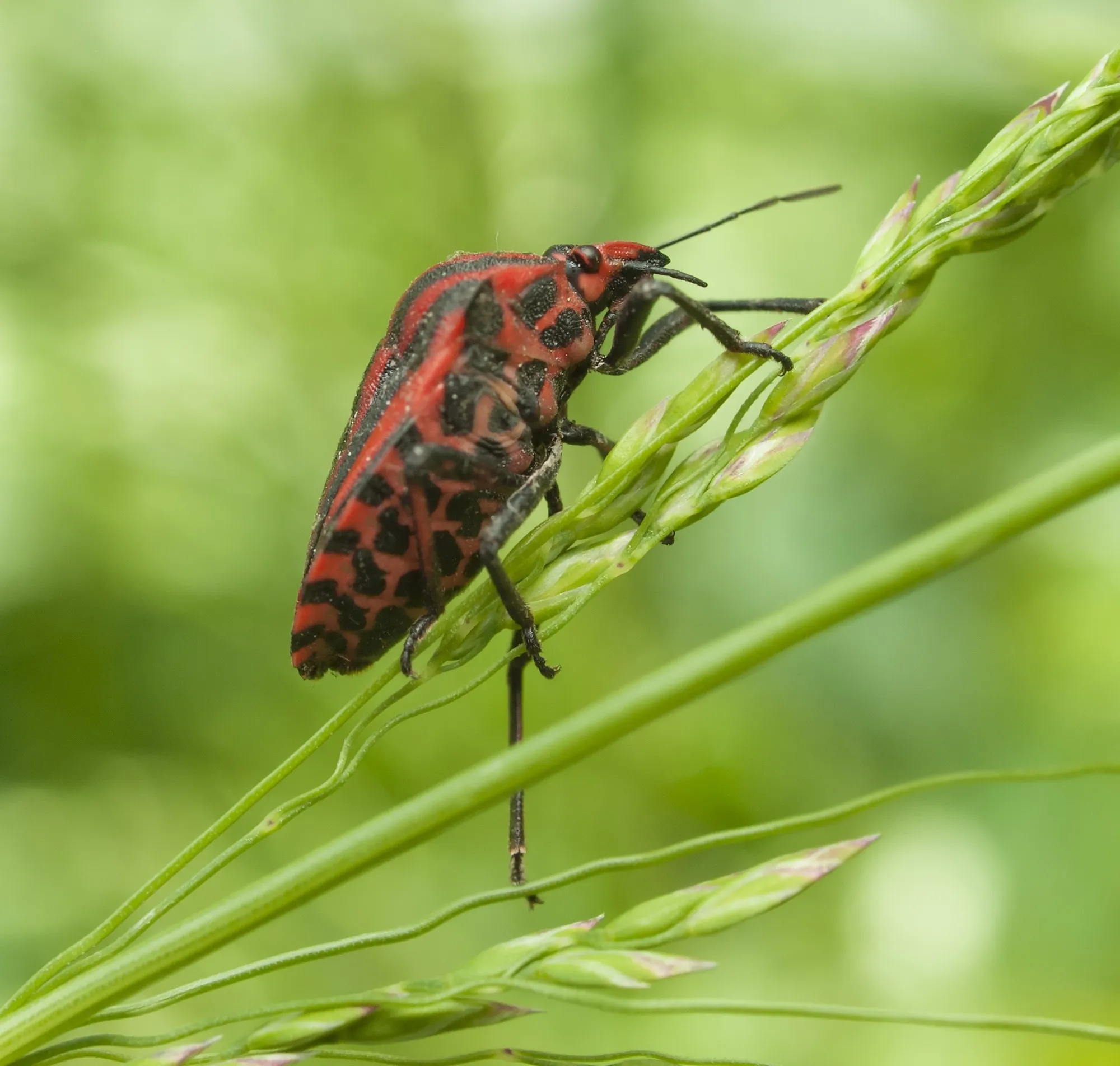In the world of entomological research, accuracy and precision in reporting scientific findings are of utmost importance. It is with this spirit of diligent scholarship that an erratum has been issued to address inaccuracies found in a recent publication concerning the Anelytra species of the Tettigoniidae family, native to China. This correction, published in Zootaxa, underlines the commitment of the scientific community to uphold the integrity of its work.
The subject of the erratum involves a paper by researchers Shan Li, Qianwen Zhang, and Xun Bian, originally published on October 30, 2023, in Zootaxa. The paper reported new findings on several species within the Anelytra genus (Orthoptera, Tettigoniidae: Conocephalinae), which is a subset of the katydid family and is known for its distinctive cone-shaped heads and often melodious mating calls.
These insects are an essential part of the local ecosystems across China, playing a significant role in the acoustic landscapes of their habitats as well as being crucial to the ecological balance due to their dietary preferences, often helping control agricultural pests. The paper in question provided valuable insights into the species, with potential implications for both entomology and conservation biology.
However, the integrity of scientific research hinges not just on initial discovery but also on the perpetual self-correction mechanisms intrinsic to the scientific process. The published erratum addresses specific points of contention or oversight in the original article, ensuring that subsequent research can build on a foundation of confirmed and accurate data.
Importance of Erratum in Scientific Literature
Scientific publications, including esteemed journals like Zootaxa, adhere to stringent standards for accuracy and reliability. When an error is detected post-publication, an erratum is issued to rectify the record, upholding the credibility of the scientists involved and the journal itself. It also serves as a testament to the ongoing nature of scientific inquiry—an erratum does not undermine past research but enhances it by refining the existing knowledge base.
While the specific details of the erratum were not disclosed in the provided metadata, it’s clear the authors and the journal moved swiftly, publishing the correction less than three months after the initial article. This rapid response demonstrates an impressive degree of responsiveness within the scientific community.
New Insights and Implications of Corrected Data
After the correction of the data, future research can more accurately characterize the species of the Anelytra genus and their ecological roles. Accurate identification and reporting lead to a improved understanding of species distribution, population dynamics, and threats to their survival. Conservation strategies benefit greatly from such corrected data as they can then be tailored to protect these species more effectively.
It is also essential in informing other disciplines, such as sustainable agriculture, where knowing the exact species involved in pest control can aid in developing environmentally friendly farming practices. Studies on bioacoustics, animal behavior, and evolutionary biology also stand to gain from this correction.
Keywords
1. Chinese Anelytra correction
2. Tettigoniidae family research
3. Orthoptera species erratum
4. Zootaxa entomological findings
5. Insect taxonomy revision
The researchers involved in the original study—Shan Li, Qianwen Zhang, and Xun Bian, have all re-affirmed their commitment to research excellence by facilitating this erratum. Their readiness to correct the record is laudable and serves as an inspiration for up-and-coming scientists in how to handle inadvertent errors in research.
Further Implications for Future Studies
Peer-reviewed journals like Zootaxa are not just repositories of information; they are also forums for ongoing discussion and reappraisal. The erratum will undoubtedly influence further exploration and more detailed subsequent publications about the Anelytra species in China.
Future studies might focus on more refined taxonomical classifications, molecular analyses for better phylogenetic understanding, or extended field studies to gauge the species’ geographic distribution and population health. The corrected data may also prompt a reevaluation of existing knowledge, yielding fresh perspectives or novel insights into these fascinating insects.
References
1. Li, S., Zhang, Q., & Bian, X. (2023). New reports on Chinese Anelytra species (Orthoptera, Tettigoniidae: Conocephalinae). Zootaxa, 5318(4), 587-593. DOI: 10.11646/zootaxa.5318.4.7.
2. Zootaxa Erratum. (2024). Erratum: Shan Li, Qianwen Zhang & Xun Bian (2023) New reports on Chinese Anelytra species (Orthoptera, Tettigoniidae: Conocephalinae). Zootaxa, 5360(4). DOI: 10.11646/zootaxa.5360.4.9.
3. Hochkirch, A., Nieto, A., García Criado, M., et al. (2016). European Red List of Grasshoppers, Crickets and Bush-crickets. Publications Office of the European Union. DOI: 10.2779/77003.
4. Ingrisch, S., & Rentz, D. C. F. (2009). Tettigoniidae of Australia Volume 3: Tettigoniinae, Zaprochilinae and Austrosaginae. CSIRO Publishing. ISBN: 9780643097299.
5. Rentz, D. C. F. (2010). A Guide to the Katydids of Australia. CSIRO Publishing. ISBN: 9780643095547.
This erratum issued in Zootaxa underlines the importance of continued scrutiny in the scientific community and the adaptive nature of scientific knowledge. Through this correction, subsequent studies will be better positioned to explore the unique characteristics and conservation needs of the Anelytra species, contributing to both scientific advancement and the preservation of biodiversity.
